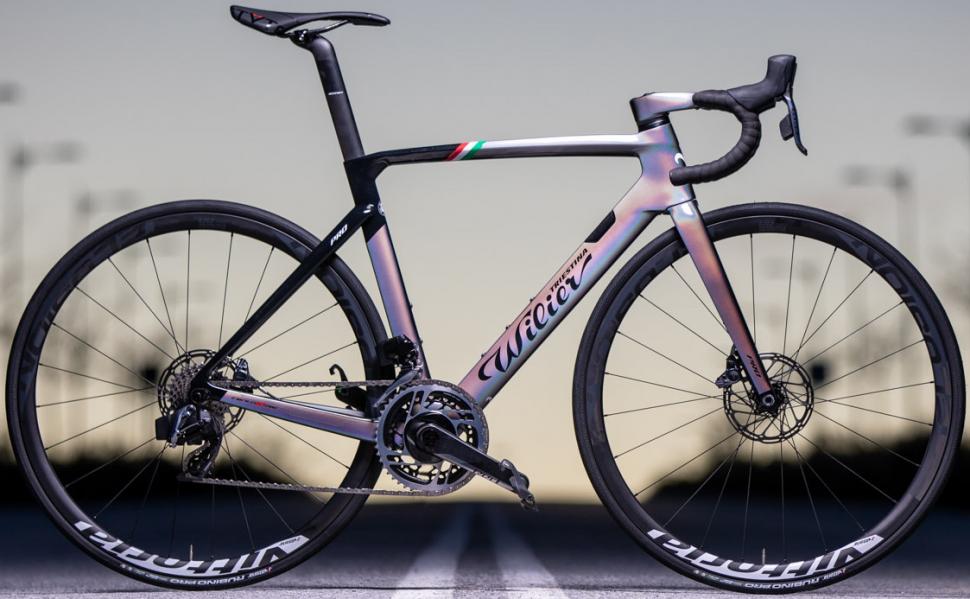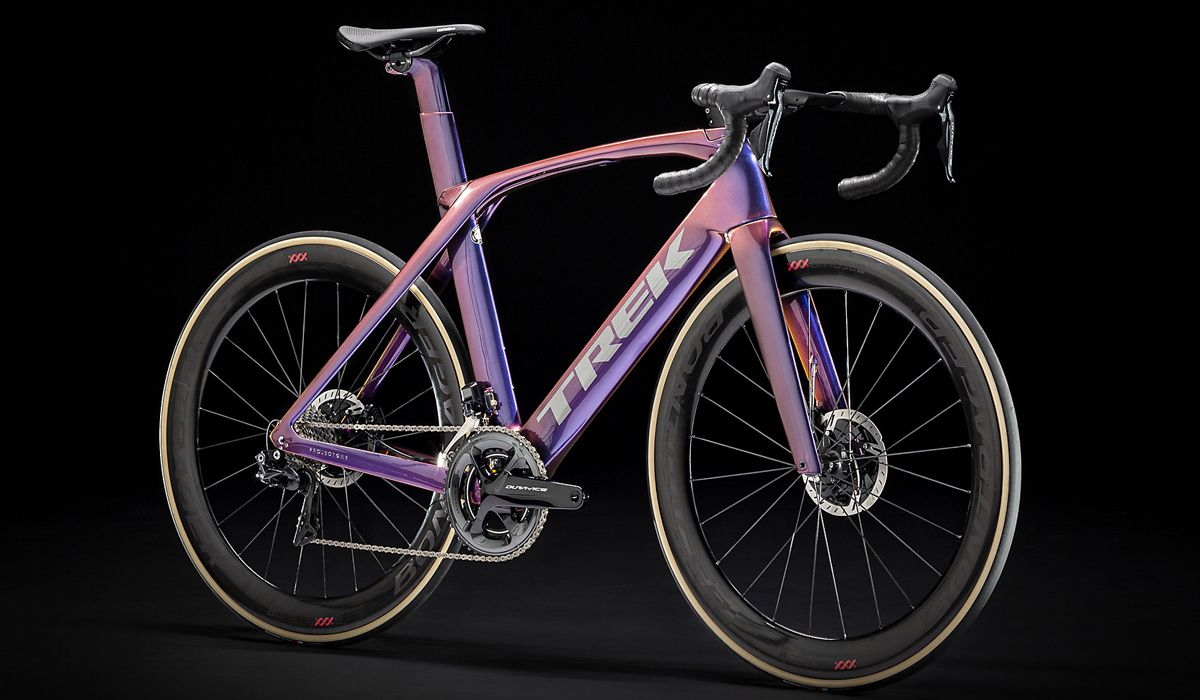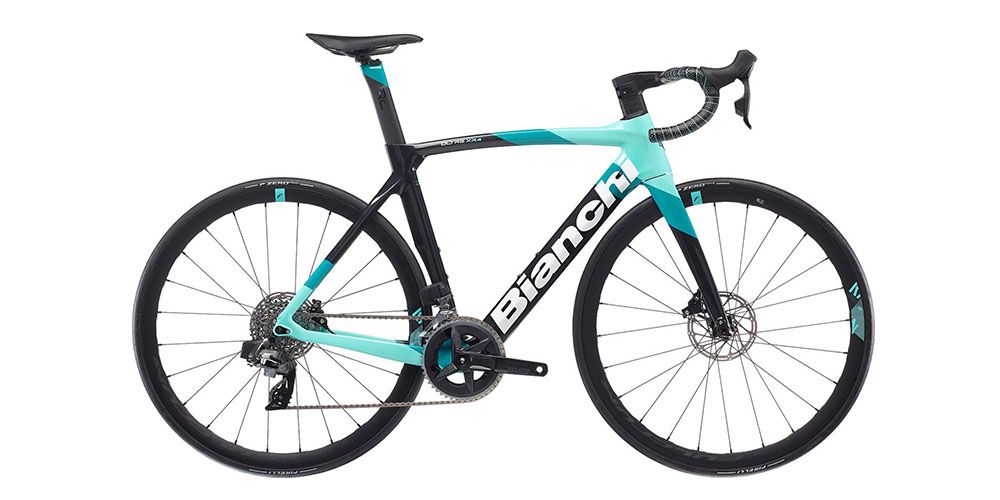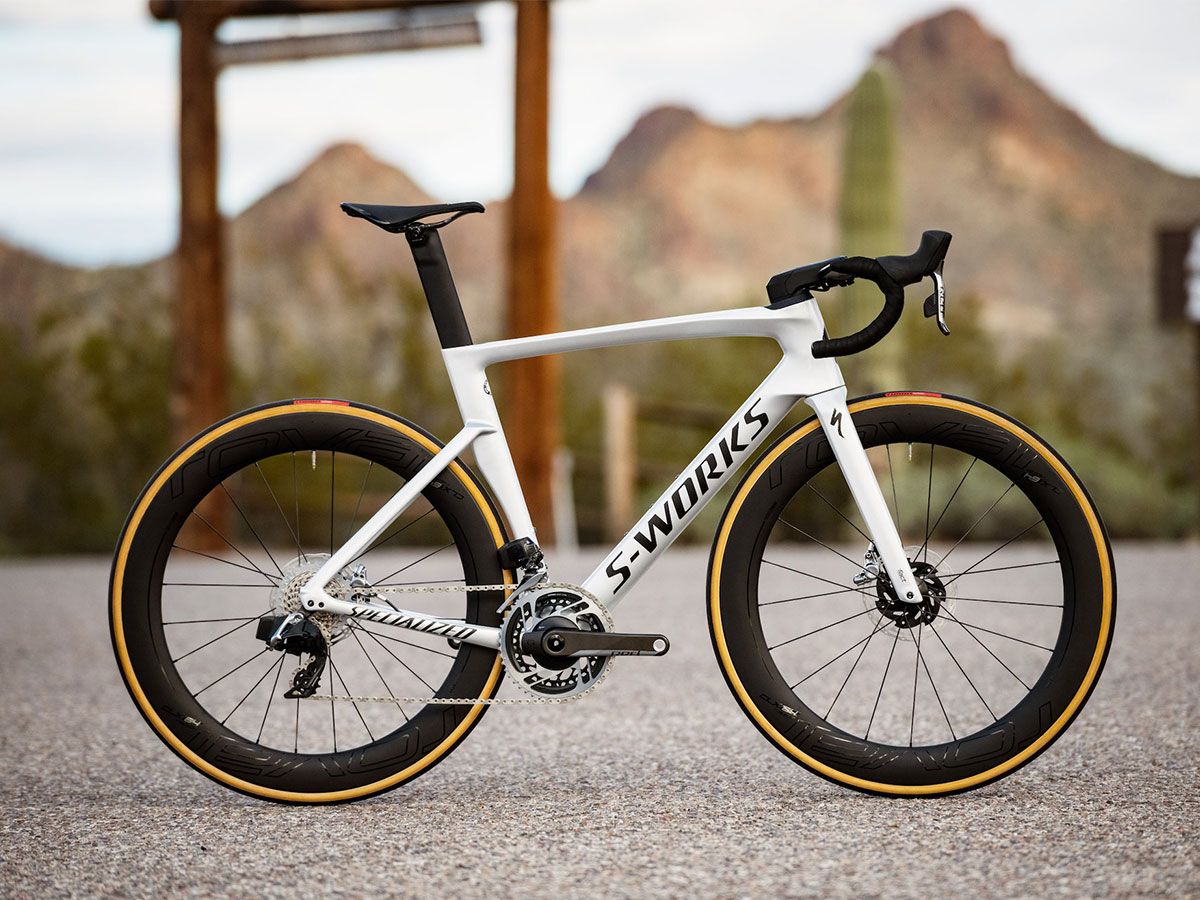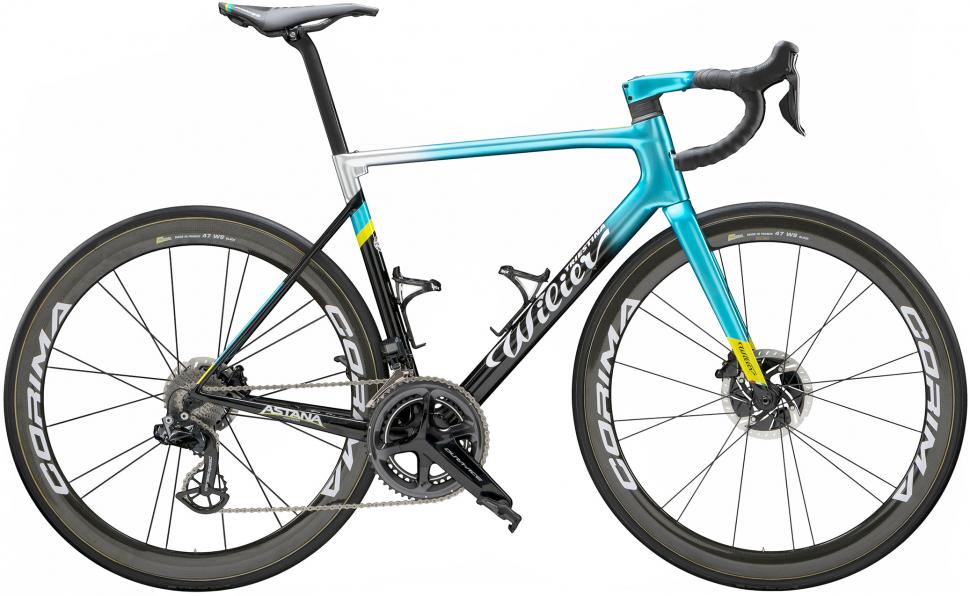What Drives the Exorbitant Prices of High-End Road Bikes?
The allure of luxury road bikes is undeniable, with their sleek designs, cutting-edge technology, and unparalleled performance. But what makes these machines so expensive? The answer lies in the perfect blend of innovative materials, advanced manufacturing techniques, and meticulous craftsmanship. The most expensive road bikes, for instance, often feature frames crafted from exotic materials like carbon fiber, titanium, and advanced aluminum alloys. These materials are chosen for their exceptional strength-to-weight ratios, allowing manufacturers to create frames that are both incredibly light and remarkably strong. Furthermore, the use of advanced manufacturing techniques, such as 3D printing and precision machining, enables the creation of complex geometries and intricate designs that would be impossible to produce using traditional methods. The result is a machine that is not only a marvel of engineering but also a testament to human ingenuity, with price tags that can rival those of luxury cars.
How to Justify the Investment: The Benefits of Owning a High-End Road Bike
Investing in a premium road bike is a significant decision, but one that can bring numerous benefits to riders. For starters, high-end road bikes offer unparalleled performance, thanks to their advanced materials, aerodynamic designs, and precision engineering. This translates to faster speeds, improved handling, and a more responsive ride. Additionally, luxury road bikes are often designed with comfort in mind, featuring ergonomic designs, advanced suspension systems, and premium components that reduce fatigue and discomfort. Furthermore, owning a high-end road bike can be a status symbol, with many riders taking pride in their investment. The prestige of owning a top-of-the-line machine can be a powerful motivator, encouraging riders to push themselves harder and ride more frequently. Moreover, many high-end road bikes retain their value well, making them a solid investment for serious cyclists. When considering the cost of a luxury road bike, it’s essential to weigh these benefits against the price tag. For those who ride regularly, the advantages of a premium road bike can far outweigh the costs, making it a worthwhile investment for those who demand the best.
Trek Madone vs. Specialized S-Works: A Tale of Two Titans
In the world of high-end road bikes, two names stand out among the rest: Trek and Specialized. Their flagship models, the Madone and S-Works, respectively, are often considered the most expensive road bikes on the market, with price tags that can exceed $10,000. So, what sets these bikes apart from their more affordable counterparts? The Trek Madone is a masterclass in aerodynamics, with a sleek, Kammtail-inspired design that slices through the air with ease. Its proprietary OCLV carbon fiber construction ensures a responsive, lightweight ride, while the adjustable IsoSpeed decoupler provides unparalleled comfort and control. The Specialized S-Works, on the other hand, is a testament to the power of innovation, featuring a cutting-edge, fully integrated design that combines the stem, handlebars, and brakes into a single, sleek unit. Its FACT 12r carbon fiber frame is both incredibly light and remarkably strong, while the proprietary Roubaix-inspired Future Shock suspension system provides a silky-smooth ride. Both bikes boast top-of-the-line components, including electronic shifting, hydraulic disc brakes, and high-end wheelsets. Ultimately, the choice between these two titans comes down to personal preference: do you prioritize aerodynamics and comfort, or innovation and integration? Either way, you can’t go wrong with these two most expensive road bikes.
The Art of Customization: Bespoke Road Bikes for the Discerning Rider
For those who demand the ultimate in exclusivity and performance, bespoke road bikes offer a unique solution. These one-of-a-kind machines are tailored to the individual rider’s specific needs and preferences, resulting in a truly personalized riding experience. The process of commissioning a bespoke road bike is akin to working with a master craftsman, where every detail is meticulously considered to create a bike that is both aesthetically stunning and precision-engineered for optimal performance. From the selection of exotic materials to the customization of components, every aspect of the bike is carefully curated to meet the rider’s exacting standards. The result is a bike that is not only a testament to the rider’s individuality but also a reflection of their passion for the sport. With prices often rivaling those of the most expensive road bikes on the market, bespoke road bikes are truly an investment for the discerning rider. However, for those who crave the ultimate in customization and exclusivity, the cost is well worth it. Whether you’re a seasoned pro or a dedicated enthusiast, a bespoke road bike is the ultimate expression of your passion for cycling.
Carbon Fiber, Titanium, and Beyond: The Materials that Make Luxury Road Bikes Tick
In the world of high-end road bikes, the choice of materials is a critical factor in determining the bike’s performance, comfort, and overall value. The most expensive road bikes on the market often feature advanced materials that provide unparalleled strength, stiffness, and lightness. Carbon fiber, for example, is a popular choice among luxury road bike manufacturers due to its exceptional strength-to-weight ratio and ability to be molded into complex shapes. However, its high cost and labor-intensive manufacturing process make it a rare find in more affordable bikes. Titanium, on the other hand, offers a unique combination of strength, corrosion resistance, and ride comfort, making it a sought-after material among high-end road bike enthusiasts. Other exotic materials, such as advanced aluminum alloys and proprietary composites, are also being used to create high-performance road bikes that push the boundaries of innovation and design. The use of these advanced materials not only enhances the bike’s performance but also adds to its luxury appeal, making it a status symbol among cycling enthusiasts. As the demand for high-end road bikes continues to grow, manufacturers are increasingly turning to cutting-edge materials and technologies to stay ahead of the competition and deliver the ultimate riding experience.
The Role of Aerodynamics in High-Performance Road Bikes
In the pursuit of speed and efficiency, aerodynamics plays a critical role in the design and development of high-performance road bikes. Manufacturers of the most expensive road bikes on the market invest heavily in aerodynamic research and testing to create bikes that can slice through the air with minimal resistance. From the shape and size of the frame tubes to the design of the wheels and components, every aspect of the bike is optimized to reduce drag and maximize speed. The use of advanced computer simulations, wind tunnel testing, and real-world data analysis enables manufacturers to fine-tune their designs and create bikes that are capable of achieving incredible speeds. For example, some high-end road bikes feature aerodynamically optimized frame shapes that reduce air resistance by up to 30%, resulting in significant gains in speed and efficiency. Additionally, the use of aerodynamic components such as wheelsets, handlebars, and seatposts can further enhance the bike’s aerodynamic performance. As the demand for high-performance road bikes continues to grow, the importance of aerodynamics in road bike design will only continue to increase, driving innovation and pushing the boundaries of what is possible on two wheels.
From the Tour de France to Your Local Roads: The Technology Trickle-Down Effect
The world of professional cycling, as seen in the Tour de France, is a hotbed of innovation and technological advancement. The most expensive road bikes on the market are often developed and tested at the highest levels of competition, with manufacturers investing heavily in research and development to gain a competitive edge. However, the benefits of this investment are not limited to professional cyclists alone. The technology trickle-down effect ensures that the innovations developed for the pros eventually make their way into consumer-grade road bikes, benefiting riders of all levels. For example, advancements in aerodynamics, originally developed for time trial and triathlon bikes, are now being incorporated into high-end road bikes, providing amateur riders with the same performance benefits as their professional counterparts. Similarly, the development of advanced materials, such as carbon fiber and titanium, has led to the creation of lighter, stronger, and more durable road bikes that are accessible to a wider range of riders. As the technology continues to evolve, riders can expect to see even more innovative features and designs making their way into the most expensive road bikes on the market, further blurring the lines between professional and amateur cycling.
The Luxury Road Bike Market: Trends, Predictions, and Future Directions
The luxury road bike market is a rapidly evolving landscape, driven by advances in technology, changing consumer preferences, and the increasing popularity of high-end cycling. As the demand for the most expensive road bikes continues to grow, manufacturers are responding with innovative designs, advanced materials, and cutting-edge features. One of the key trends in the luxury road bike market is the rise of bespoke and customizable bikes, which allow riders to tailor their machines to their specific needs and preferences. This trend is driven by the increasing desire for exclusivity and personalization, as well as the growing recognition of the importance of fit and comfort in high-performance cycling. Another trend is the integration of advanced technology, such as electronic shifting and aerodynamic optimization, into high-end road bikes. This has led to the creation of bikes that are not only faster and more efficient but also more comfortable and enjoyable to ride. Looking ahead, the luxury road bike market is expected to continue its growth trajectory, driven by the increasing popularity of cycling as a lifestyle and the growing demand for high-end, premium products. As the market continues to evolve, riders can expect to see even more innovative and advanced designs, as well as new and exciting features that will further blur the lines between professional and amateur cycling.


